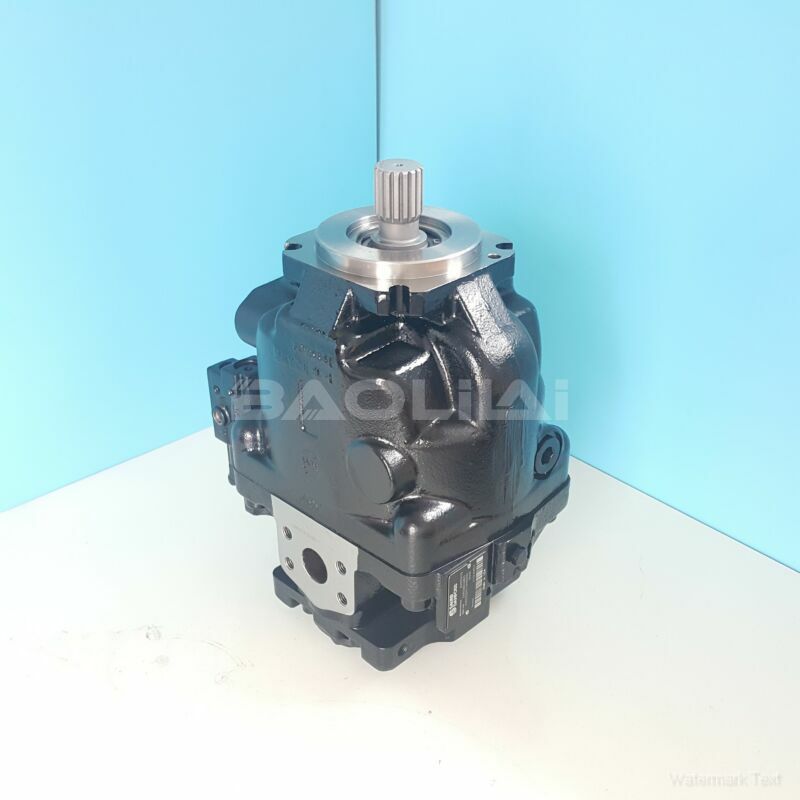ERR100BPC21NNNNN3S1BPA1NNNNNNNNNN hydraulic pump
ERR100BPC21NNNNN3S1BPA1NNNNNNNNNN hydraulic pump

- Product Details
- Applicable Scene
Hydraulic systems are crucial in mining equipment, facilitating the performance of various tasks such as lifting, digging, and transporting materials. However, hydraulic pump failures can significantly hinder operations, causing costly downtimes and repairs. Understanding how to troubleshoot these failures is essential for maintaining the efficiency and reliability of mining equipment. Below is a comprehensive guide to identify and resolve hydraulic pump issues in fluid power systems.
ER-R-100B-PC-21-NN-NN-N-3-S1BP-A1N-NNN-NNN-NNN
ERR100BPC21NNNNN3S1BPA1NNNNNNNNNN
First and foremost, it is vital to understand the common signs of hydraulic pump failure. These can include unusual noises, erratic operation, diminished power, overheating, and fluid leaks. Recognizing these symptoms early can prevent further damage and reduce downtime.

83061514
Start troubleshooting by inspecting the hydraulic fluid. Check the fluid level, quality, and type, as inadequate or contaminated fluid can lead to pump failure. Low fluid levels can cause cavitation, while contaminated fluids can damage internal components. Ensure that the fluid is clean and at the appropriate level, and replace it if necessary.
Next, examine the hydraulic pump itself. Look for visible signs of wear or damage, such as cracks, leaks, or corroded components. Inspect the mounting and connections to ensure they are secure. Listen for unusual sounds while the pump is operating, as these can indicate internal wear or failure.
Pressure testing is another essential step in troubleshooting. Use a pressure gauge to measure the output pressure of the hydraulic pump. If the pressure is lower than specified, it could indicate a malfunctioning pump or a blockage in the system. Check for obstructions in the hydraulic hoses and reservoirs, as these can restrict fluid flow and lead to pump issues.





